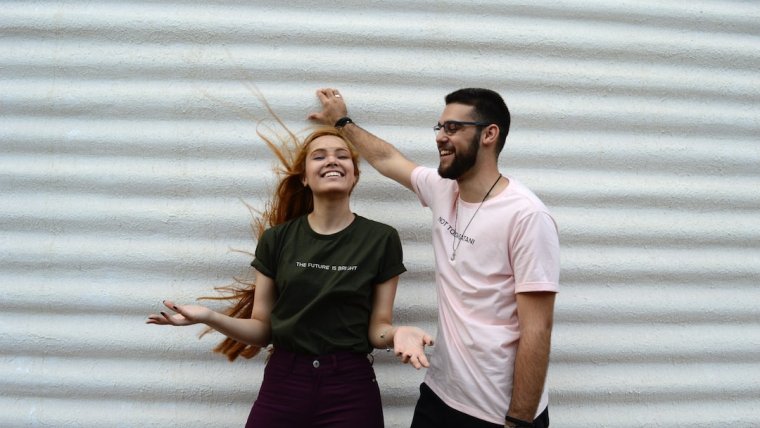Deprecated: str_contains(): Passing null to parameter #1 ($haystack) of type string is deprecated in /home/u282233396/domains/adryenn.com/public_html/wp-includes/shortcodes.php on line 246
Deprecated: str_contains(): Passing null to parameter #1 ($haystack) of type string is deprecated in /home/u282233396/domains/adryenn.com/public_html/wp-includes/shortcodes.php on line 246
The Importance of Size Inclusivity in Fashion: A Historical Perspective
Historical Context:
Fashion has long been an industry that catered primarily to a narrow range of body types, particularly in Western cultures. For decades, fashion was synonymous with thinness, perpetuated by runway models and the media. This standard not only marginalized individuals who didn’t fit the mold but also contributed to unrealistic and harmful body ideals.
Social and Cultural Shifts:
The 1960s and 70s saw the beginnings of body positivity movements, with voices advocating for broader representation in fashion. However, it wasn’t until the late 20th and early 21st centuries that significant changes began to emerge. Activists and consumers increasingly demanded that fashion reflect the diversity of body shapes and sizes seen in everyday life. This demand coincided with a growing awareness of the mental health impacts of body shaming and the need for self-acceptance.
Economic Drivers:
From a business perspective, the fashion industry began to recognize the untapped market potential in size-inclusive fashion. Brands that traditionally ignored plus-size consumers started to expand their offerings to include a wider range of sizes, responding to the growing economic influence of these consumers. The rise of e-commerce also played a role, as it allowed for greater visibility and accessibility of size-inclusive brands.
Influence of Social Media and Celebrities:
The rise of social media platforms like Instagram provided a powerful tool for body positivity advocates and influencers. Celebrities and influencers began to use their platforms to challenge traditional beauty standards and promote size inclusivity. This public advocacy accelerated change within the fashion industry, pushing brands to become more inclusive.
Current Landscape:
Today, size inclusivity is more important than ever as it aligns with broader societal values of diversity and acceptance. Inclusive sizing not only allows individuals to express themselves through fashion but also promotes a healthier, more inclusive society. Brands that embrace size inclusivity are seen as progressive and in tune with their consumers’ needs, fostering brand loyalty and driving innovation within the industry.
Fashion Forward:
Size inclusivity in fashion is not just a trend—it’s a necessary evolution. It reflects a shift towards greater inclusivity, respect for individual identity, and the dismantling of outdated beauty standards. The fashion industry still has a long way to go, but the strides made in recent years are a testament to the power of consumer demand and cultural change.
In recent years, size inclusivity in fashion has gained momentum, with more brands expanding their ranges to serve a broader audience. This fall, the spotlight is on brands that are not only embracing diverse sizing but also offering on-trend, sustainable, and luxury options. From Mara Hoffman’s eco-friendly designs to Good American’s stylish denim in sizes up to 5X, the industry is finally catering to all body types with modern silhouettes and timeless classics. Discover the must-have pieces from the best size-inclusive brands this season.
Notable Brands:
- Universal Standard: Leading with sizes up to 40 US, offering wear-tested fits.
- Good American: Inclusive denim and dresses in sizes up to 5X.
- Mango: Affordable options in sizes up to 4X.
- Ralph Lauren: American classics available in extended sizes.
- 11 Honoré: Luxury plus-size fashion with designer flair.
Explore the perfect blend of style, comfort, and inclusivity this fall.




